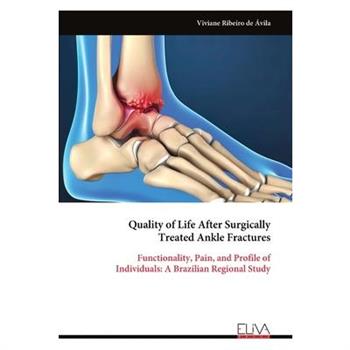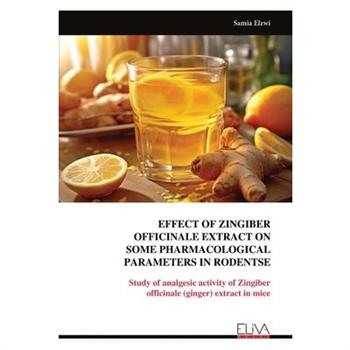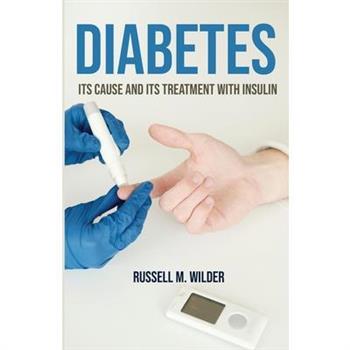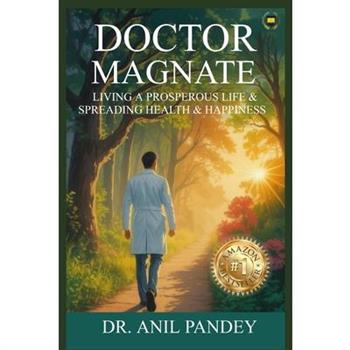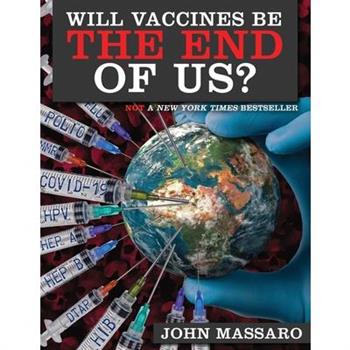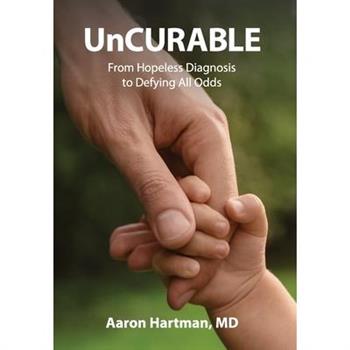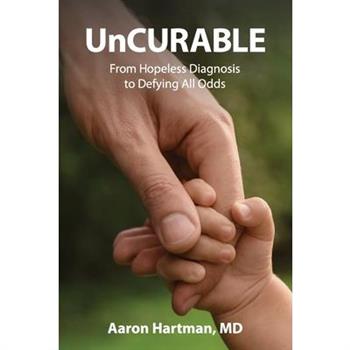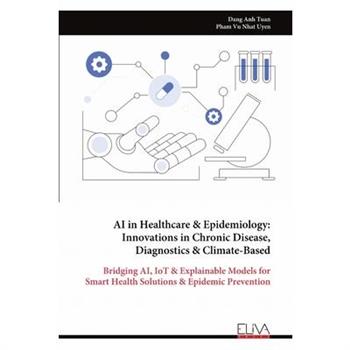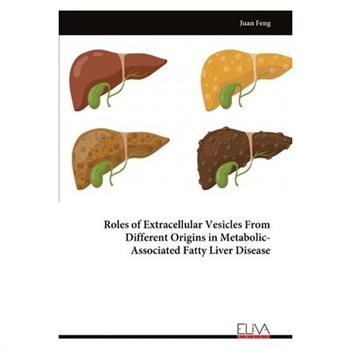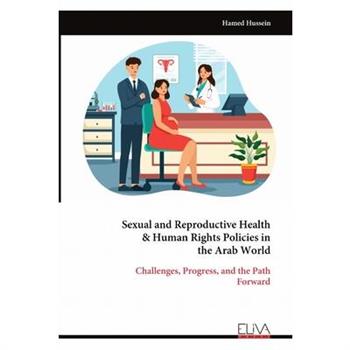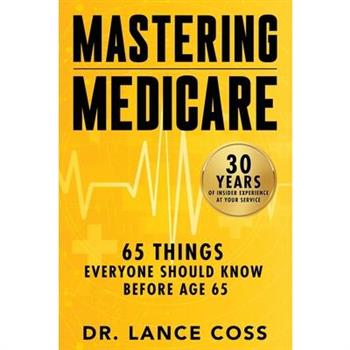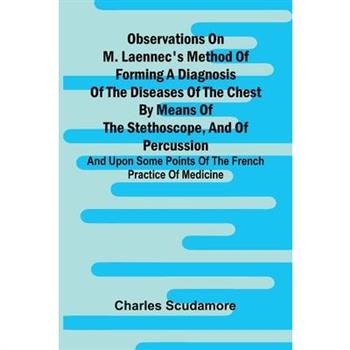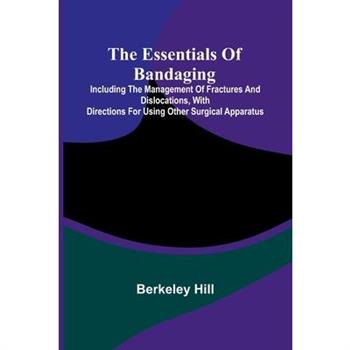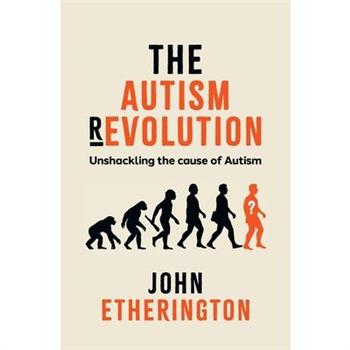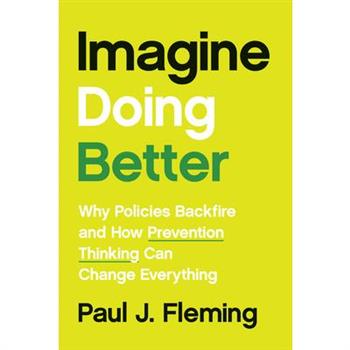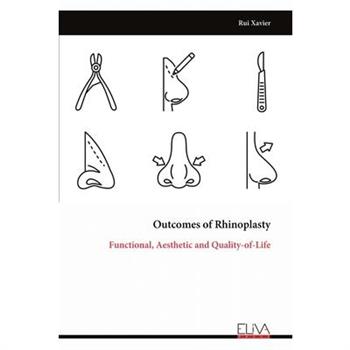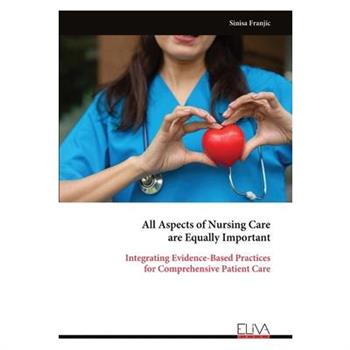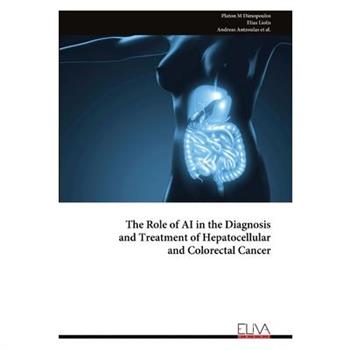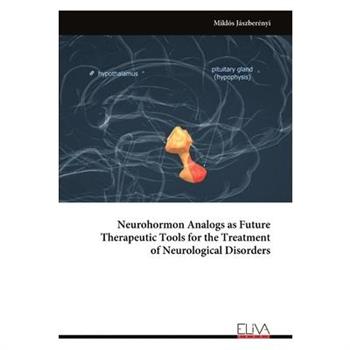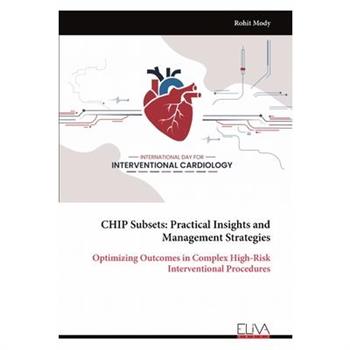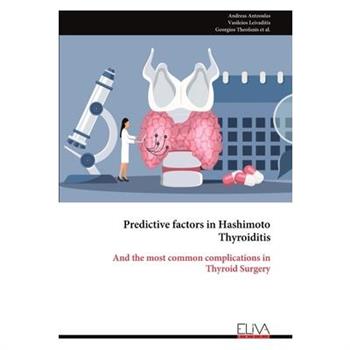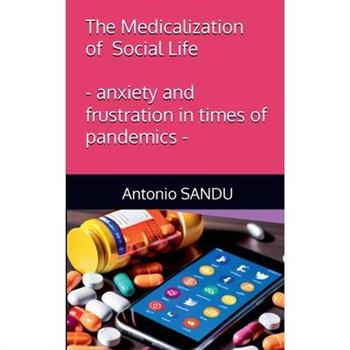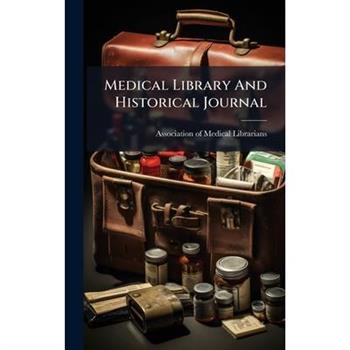Quality of Life After Surgically Treated Ankle Fractures
The Little Encyclopedia of Herbal Medicine
The Little Encyclopedia of Herbal Medicine is your go-to reference for classic alternatives to over-the-counter medicine. This handy collection of herbal remedies is organized alphabetically by the name of each ailment, so you can quickly look up the herbal remedies you need. Featuring 50 common herbs that are available throughout North America, and packed with illustrations of each plant and its active ingredient, this indispensable resource makes it easy to use herbal remedies around the home.
Building Health System Resilience Before, During, and After a Pandemic
In the wake of COVID-19, building resilient health systems is more critical than ever. Building Health System Resilience Before, During, and After a Pandemic provides an in-depth analysis of how pandemics impact essential health services, specifically through the lens of childhood immunization coverage in northern Nigeria. This book explores the multifaceted consequences of pandemic responses on vulnerable communities, drawing from the stark disparities observed in immunization rates and access to healthcare amid COVID-19. It reveals both the intended and unintended effects of containment measures like lockdowns, which disrupted routine vaccinations and strained healthcare delivery in underserved regions. Combining quantitative data and qualitative insights, the book highlights how crises can deepen existing healthcare inequities, especially for marginalized populations. Recommendations are provided for policymakers, health practitioners, and global health advocates to ensure equitable healthcare delivery during crises. With practical strategies for bolstering immunization outreach, sustaining supply chains, and fostering community trust, this book serves as a blueprint for strengthening health systems to withstand future public health emergencies, ultimately guiding countries toward resilient and inclusive healthcare frameworks.
Direct or Indirect Endocrine and Metabolic Consequences of Malignancies
Malignancies of endocrine organs, such as the pituitary, thyroid, parathyroid, and adrenal glands, significantly affect the metabolism of patients, leading to poor prognosis and high mortality; In addition, malignancies of other organs (such as the pancreas and lung) also cause endocrine or metabolic syndromes, such as Cushing's syndrome, hypoglycemia, hypercalcemia, male mammogenesis, which are called para-neoplastic syndrome. Moreover, the commonly used chemo-, targeted- and immune therapeutic agents (especially immunocheckpoint inhibitors) also have non-negligible impacts on endocrine homeostasis, sometimes life-threatening, through various potential mechanisms. This book aims to spotlight the direct endocrine consequences of malignancies from endocrine or other organs. Also, it seeks to investigate indirect endocrine consequences of malignancies after therapeutic treatments.
Imagine Doing Better
A bold vision for reimagining harmful public policies through prevention.Public policies in the United States are built on certain assumptions: that long-term prison sentences deter crime, that corporate profits benefit everyone, that police are the best way to ensure safety, and that meritocracy ensures equal opportunity. Yet, as public health expert Paul J. Fleming reveals, mountains of evidence show that many of these widely accepted policies cause harm, perpetuate inequities, and even lead to premature death. In Imagine Doing Better, Fleming offers a bold vision for change that's rooted in public health principles of prevention--addressing problems at their root before they occur. Combining rigorous research, historical analysis, and compelling narratives, he examines the deep flaws in policies governing health care, education, justice, and the environment. Fleming unpacks how these systems were built, why harmful assumptions persist, and how they can be reimagined to promote equity, sustainability, and human dignity. Fleming challenges readers to rethink entrenched ideas by exploring thought-provoking questions like "Are prisons a good investment?" and "Is education a ladder or a sieve?". He highlights how budgets and policies reflect moral choices, and he provides frameworks for advocacy and policymaking grounded in evidence and fairness. Fleming paints a hopeful--yet urgent--picture of what's possible when societies invest in solutions that prioritize human dignity, equity, and sustainability. Accessible and inspiring, Imagine Doing Better offers a hopeful roadmap to a future where all communities have the resources and opportunities to thrive.
Health-Harming Legal Needs
Health-Harming Legal Needs equips primary health care professionals with the tools to recognize and respond to legal issues that are injurious to health, particularly among low-income patients. Co-developed by medical and legal experts, this book advances health equity through the integration of legal support into clinical care.Utilizing a practical, case-based approach, it helps clinicians identify when legal issues such as eviction, denial of social benefits, immigration status, family breakdown, discrimination at work, or criminal legal system involvement may be undermining their patients' health. It also focuses on several patient populations with unique legal needs, including pediatric patients, people living with HIV, Indigenous peoples, and people living with intellectual or developmental disabilities. It demystifies the legal systems that patients interact with and builds clinician confidence in navigating and leveraging community legal support. Central to the book is the introduction of Health and Justice Partnerships, a flexible, collaborative model that brings legal and health professionals together to address the root causes of poor health. By fostering shared understanding and joint dialogue across sectors, the text shows how meaningful legal-health collaboration can enhance patient care, reduce provider burnout, and promote equity and access to justice.Through real-world examples and actionable guidance, the book underscores that legal support can make a decisive difference in moments that feel hopeless - for both patients and care teams. It ultimately encourages clinicians to see legal advocacy as part of a holistic approach to care and offers a road map for integrating this perspective into their practice.
Outcomes of Rhinoplasty
The nose is crucial for anyone's identity and rhinoplasty should be able to provide an aesthetic improvement while respecting the ethnic as well as the individual unique features of the nose. Rhinoplasty requires a well-balanced mixture of a thorough understanding of nasal anatomy, of nasal analysis skills and of meticulous knowledge of the available surgical techniques. Besides, it also requires an accurate aesthetic sense from the surgeon. Rhinoplasty is truly unique in providing an aesthetic modification of the nose as well as a functional modification of the nasal airway. It is imperative that surgeons are familiar to which dimensions of the nasal airway impair nasal airflow more significantly and which dimensions better correlate with nasal airway obstruction symptoms. It is also relevant that the functional effect of surgical techniques commonly used in rhinoplasty is known, so that the surgeon can sharpen surgical planification, particularly when a functional improvement is required. Even though an improvement of nasal airflow may emerge from surgery, that does not always mean that the patient will experience an improvement in nasal breathing sensation, as subjective perception of nasal breathing does not always correlate with the degree of nasal airflow. Therefore, it is important to know which factors may influence the correlation between objective evaluation of nasal airflow and subjective appreciation of nasal breathing. Functional and aesthetic modifications of the nose may also have impact in the somatic, psychological and social balance of the patient that, altogether, define the overall health-status of the patient. Therefore, it is crucial that modifications of generic health-related quality-of-life provoked by rhinoplasty - if any - are known. This knowledge will be crucial for the surgeon to be able to properly inform patients and to transmit a body of information as complete as possible that will be helpful to the decision-process of undergoing rhinoplasty.
All Aspects of Nursing Care are Equally Important
Modern nursing began to develop in the 19th century as a moral practical component of patient care, and in the second half of the 20th century, it affirmed itself as a separate occupation. Lifting nursing education to the academic level has paved the way for further development of nursing, and nursing affirms and defines itself as an autonomous profession, and nursing ethics as a separate discipline. Nurses did not allow the scientific rise of nursing education to the academic level to lose the ""core"" of the nursing profession - care for the patients. In the care of the patient, their families have an important role in the measurement which modern medicine and health allow that. Nurses and families have to cooperate in health care for the patients. Nurses are constantly following innovations and new technologies to use them in all forms for health promotion, disease prevention, and better quality nursing and treatment. The application of innovation is necessary in improving the quality of the healthcare process as well as nursing education. Problems in conducting health care, lack of staff and equipment insufficiency, as well as medical errors and omissions, motivate nurses and healthcare workers to research and find new solutions. In the process of providing health care, it is most important for a patient to feel safe. Regardless of his health conditions, nurse have obligation to provide the highest level of health care quality.
The Role of AI in the Diagnosis and Treatment of Hepatocellular and Colorectal Cancer
Artificial Intelligence (AI) and image processing are revolutionizing the diagnosis and management of liver and colorectal cancer. Recent advancements showcase AI's ability to analyze medical imaging data, like computed tomography scans and magnetic resonance imaging, accurately detecting and classifying colorectal and liver cancer lesions for early intervention. Predictive models aid prognosis estimation and recurrence pattern identification, facilitating personalized treatment planning. Image processing techniques enhance data analysis by precisely segmenting colorectal and liver structures, a fusion of information from multiple modalities, and feature extraction for informed decision-making. Despite progress, challenges persist, including standardized datasets and regulatory considerations. CO-AUTHORS: 1. Asst Professor Petraq Mustaqe, University of Vlora ""Ismail Qemali"", Albania 2. Dr. Levan Tchabashvili, Department of Surgery, General Hospital of Aigio, Greece 3. Dr. Konstantinos Tasios, Department of Surgery, General Hospital of Preveza, Greece 4. Dr. Georgios Theofanis, Department of Surgery, University Hospital of Patras, Greece 5. Dr. Panagiotis Antzoulas, Department of Orthopedics, University Hospital of Patras, Greece 6. Mrs. Vasiliki Garantzioti, Department of Surgery, University Hospital of Patras, Greece 7. Mr. Dimitrios Litsas, Department of Surgery, General Hospital of Lamia, Greece 8. Mr. Vasileios Spyropoulos, Department of Surgery, University Hospital of Patras, Greece 9. Mrs. Nefeli Chaniotaki, Department of Interventional Radiology, University Hospital of Patras, Greece 10. Dr. Nina Miteva, General Hospital of Didymoteicho, Evros, Greece 11. Dr. Francesk Mulita, Department of Surgery, General Hospital of Aigio, Greece
The Correlation Between Pre-Treatment Inflammatory Markers and the Treatment of Breast Cancer
There is increasing evidence demonstrating that systemic inflammation is critically involved in promoting tumor progression and metastasis. Inflammatory markers, including neutrophil/lymphocyte ratio (NLR), platelet/lymphocyte ratio (PLR) or lymphocyte/monocyte ratio (LMR) may partially reflect the immune function in the body. Numerous researches have shown that increased NLR, PLR and LMR are associated with poor prognosis in BC.The predictive significance of pre-treatment NLR / PLR / LMR for and neoadjuvant therapy (NAC) efficacyis not fully understood, and the results were controversial. Herein, this study was designed to assess the correlation of pre-treatment NLR, PLR and LMR with menopausal status and Ki67 LI, and to determine whether they were predictive factors for NAC responses. This is the first case report describing a patient with non-small cell lung cancer (NSCLC) harboring two rare human epidermal growth factor receptor 2 (HER2) exon 21 insertion mutations, who responded to furmonertinib treatment.
From Hand to Heart
At the cardiovascular surgery centre, a 29_ year old female patient was referred to me for medical consultation, complaining of edema in both legs, abdominal ascites, weakness, and lethargy. Initial evaluations revealed no significant abnormalities, with the exception of severe tricuspid insufficiency, which was particularly perplexing given the patient's lack of prior cardiac history or known risk factors for valvular disease. Further investigation uncovered a critical detail; the patient sustained a right humerus fracture in an explosive incident two months ago. The main question: could this traumatic event be linked to the acute tricuspid valve dysfunction? I immediately conducted a thorough examination of the situation. Can understanding these complex interactions lead to effective treatment and improve patient outcomes, or will this case remain an unresolved challenge?
Neurohormon Analogs as Future Therapeutic Tools for the Treatment of Neurological Disorders
In addition to their pivotal physiologic roles, the hypothalamic neurohormones and their analogs offer a huge therapeutic potential for the treatment of diverse pathologies, especially the disorders of the endocrine and urogenital systems. The Nobel-prize winner Prof. Dr. A. V. Schally's research group contributed to this field, with exceptional achievements, such as the description of several hypothalamic neurohormones and the development of a multitude of agonist, antagonist, and cytotoxic compound analogs. In this book, the authors give a glimpse at their new experimental results, which promise new possibilities in the therapy of neurological diseases, with special emphasis on Alzheimer's disease and central nervous system malignancies.
CHIP Subsets
CHIP (Complex Higher-Risk and Indicated Patients) interventions are evolving rapidly as essential strategies for high-risk patients who require intricate, tailored approaches. This chapter, 'CHIP SUBSETS: PRACTICAL INSIGHTS AND MANAGEMENT STRATEGIES, ' delves into the nuances and advanced methods crucial to managing these patients, offering interventionalists a comprehensive guide to the latest practices, including atherectomy, physiology-guided interventions, intravascular imaging, and advanced PCI (Percutaneous Coronary Intervention) techniques. With a detailed focus on the specific subsets of CHIP, this chapter provides practical insights into the indications, benefits, and challenges of various procedural approaches. It explores case-based management strategies for conditions such as chronic total occlusions (CTO), left main disease, bifurcations, and severe calcifications, where standard procedures are inadequate. Additionally, this resource emphasizes the critical role of physiology and intravascular imaging, highlighting the importance of precise diagnostic information in determining the most effective treatment pathways. Designed for both established and emerging practitioners in interventional cardiology, this chapter combines evidence-based recommendations with real-world application, making it an invaluable addition to any cardiology reference library. Whether navigating the complexities of patient-specific treatment plans or exploring the cutting edge of interventional technology, readers will find in-depth expertise and essential tools for optimizing patient outcomes in the CHIP landscape.
Predictive factors in Hashimoto Thyroiditis
Hashimoto's thyroiditis (HT), also known as chronic lymphocytic thyroiditis, is the most prevalent autoimmune disorder affecting the thyroid gland and a leading cause of hypothyroidism in iodine-sufficient regions. This book aims to fill this gap by providing an extensive overview of HT, encompassing its definition, clinical presentation, and diagnostic criteria. The discussion will delve into the underlying pathophysiological mechanisms of HT, focusing on the role of immune dysregulation, genetic susceptibility, and environmental triggers in the initiation and progression of the disease. The second aim of this book is to present the most common postoperative complications after thyroidectomy as well as address the preoperative evaluation and surgical management of retrosternal diving intrathoracic goiters. Co-Authors: Dr. Levan Tchabashvili, Department of Surgery, General Hospital of Aigio, Greece Dr. Konstantinos Tasios, Department of Surgery, General University Hospital of Patras, Greece Dr. Elias Liolis, Department of Oncology, General University Hospital of Patras, Greece Dr. Panagiotis Antzoulas, Department of Orthopedics, General University Hospital of Patras, Greece Mrs. Vasiliki Garantzioti, Department of Surgery, General University Hospital of Patras, Greece Mr. Dimitrios Litsas, Department of Surgery, General Hospital of Lamia, Greece Mr. Vasileios Spyropoulos, Department of Surgery, General University Hospital of Patras, Greece Mr. Panagiotis Leventis, Department of Surgery, General Hospital of Aigio, Greece Mr. Nikolaos Kornaros, Department of Surgery, General Hospital of Aigio, Greece Mr. Aristeidis Kokores, Department of Surgery, General Hospital of Aigio, Greece Dr. Francesk Mulita, Department of Surgery, General Hospital of Aigio, Greece
Foundations in Clinical Pharmacy Practice
Foundations in Clinical Pharmacy Practice is a concise textbook that combines theoretical knowledge with practical application in modern pharmacy practice. This book provides students, practitioners, and educators with essential knowledge and skills required for delivering patient-centered pharmaceutical care across various healthcare settings. This textbook covers critical topics including evidence-based practice, medication therapy management, patient assessment techniques, management of diseases along with fundamental principles. This book serves as an indispensable resource for developing core competencies in clinical pharmacy practice with its systematic approach to clinical pharmacy practice, emphasis on patient safety, and focus on interprofessional collaboration. It equips pharmacy practitioners with core skills in patient assessment, medication therapy management, and evidence-based practice across ambulatory, acute, and specialty care.
Geriatrics Handbook
People are living longer.Life expectancy has doubled in the last two hundred years.We expect the number of centenarians to be over 200,000 in the next ten years. Those living into their eighties and nineties will be common. Over the next ten years, it is possible that 30 percent of the population will be retired adults above the age of sixty-five.Increasing longevity and aging has its positives and negatives. It is desirable to see that people are living longer, but they also face an increasing number of healthcare and socioeconomic issues. It is a well-established fact that health-care costs increase toward the end of life.Geriatrics is a medical specialty of providing health care for the older adult. Their health-care needs differ from those of the younger population. This handbook addresses various medical problems as it relates to older patients. Prevention of health hazards and expression of compassionate care deserve as much attention as providing appropriate medical care. This handbook is ideal for: Medical professionals who render much of the current geriatric care in many parts of the world.-Physicians, physician assistants, nurses, allied professionals, and gerontologists.Students, interns, residents, fellowsAging adults.Caregivers and family members of aging adults Healthcare administratorsAwareness of aging adults' needs, palliative care, and end-of-life issues with their emotional, moral, and financial aspects are often ignored or forgotten in the busy life of a medical practitioner. Today, medical science focuses more on short-term fixes and immediate problem solving instead of treating the whole person. Hence, a considerable amount of a senior's care falls on the shoulders of nurses, aides, and on family members.The authors hope this handbook will illuminate the healthcare needs of our aging population.
The Medicalization of Social Life
Perfect for: - Healthcare professionals and policymakers- Bioethics and philosophy students- Anyone interested in the ethical challenges of modern medicinePhD. Prof. Antonio Sandu offers a critical examination of how medical thinking has permeated social life, from our obsession with healthy lifestyles to our response to global pandemics. Drawing on his expertise in philosophical counseling, he proposes alternatives to an overly medicalized society.Thought-provoking and timely, this book will change how you think about health, risk, and the role of medicine in our lives. Gain crucial insights to navigate the complex ethical landscape of healthcare in the 21st century.
Medical Library And Historical Journal
This is a historical collection of the first two volumes of the "Medical Library And Historical Journal," the official publication of the Association of Medical Librarians. It offers a fascinating glimpse into the development of medical libraries and the evolving landscape of medical literature during the period of its original publication. Researchers and historians interested in the history of medicine, library science, and the dissemination of medical knowledge will find this compilation invaluable. It provides insights into the challenges and opportunities faced by medical librarians in organizing and preserving vital information for healthcare professionals and scholars.This work has been selected by scholars as being culturally important, and is part of the knowledge base of civilization as we know it. This work was reproduced from the original artifact, and remains as true to the original work as possible. Therefore, you will see the original copyright references, library stamps (as most of these works have been housed in our most important libraries around the world), and other notations in the work.This work is in the public domain in the United States of America, and possibly other nations. Within the United States, you may freely copy and distribute this work, as no entity (individual or corporate) has a copyright on the body of the work.As a reproduction of a historical artifact, this work may contain missing or blurred pages, poor pictures, errant marks, etc. Scholars believe, and we concur, that this work is important enough to be preserved, reproduced, and made generally available to the public. We appreciate your support of the preservation process, and thank you for being an important part of keeping this knowledge alive and relevant.






